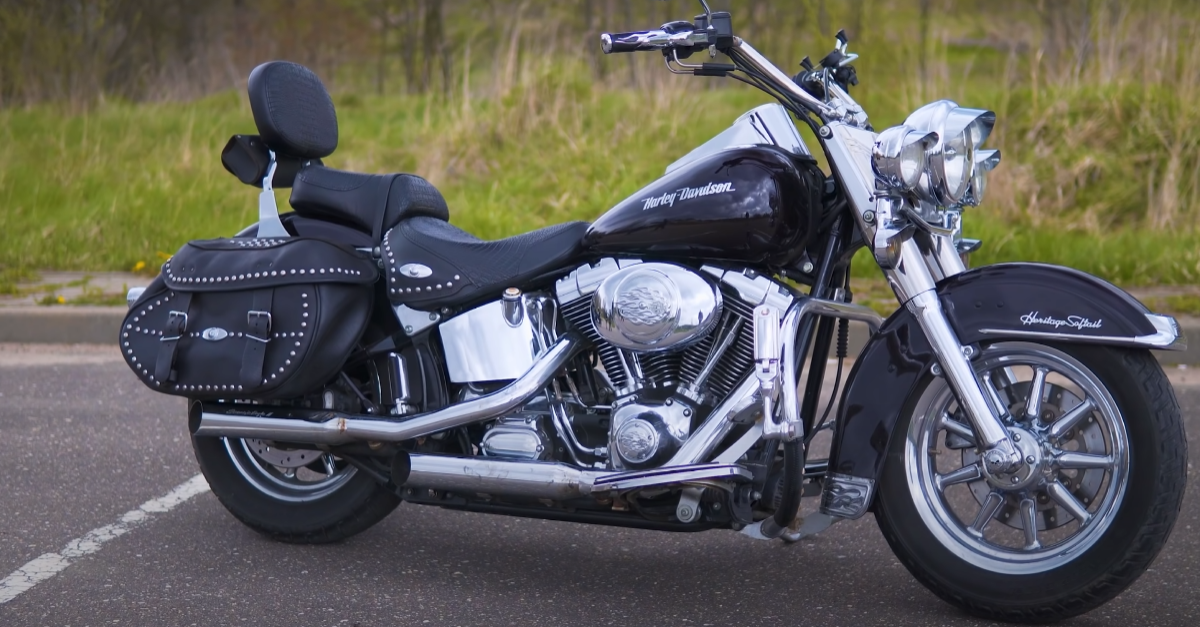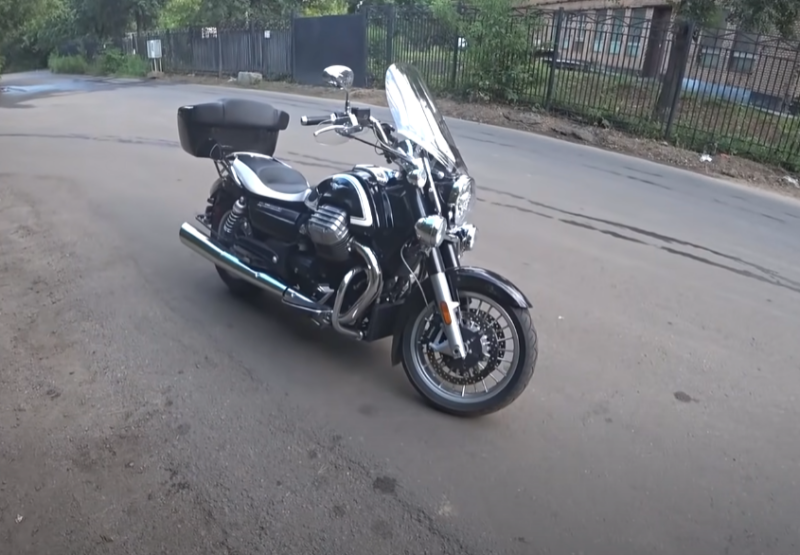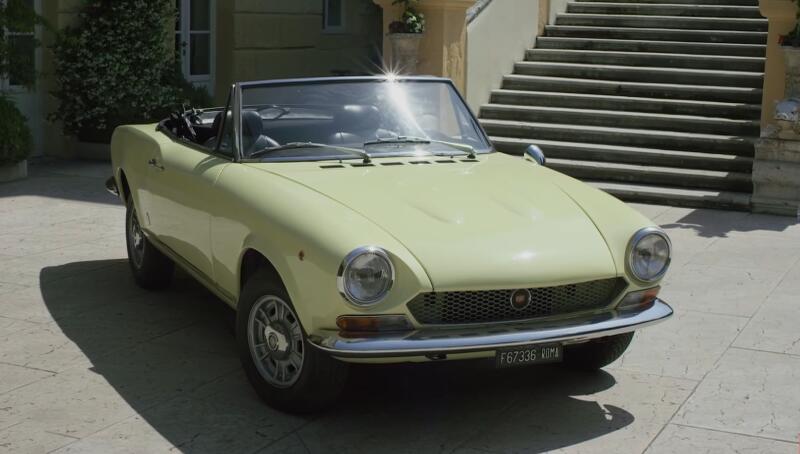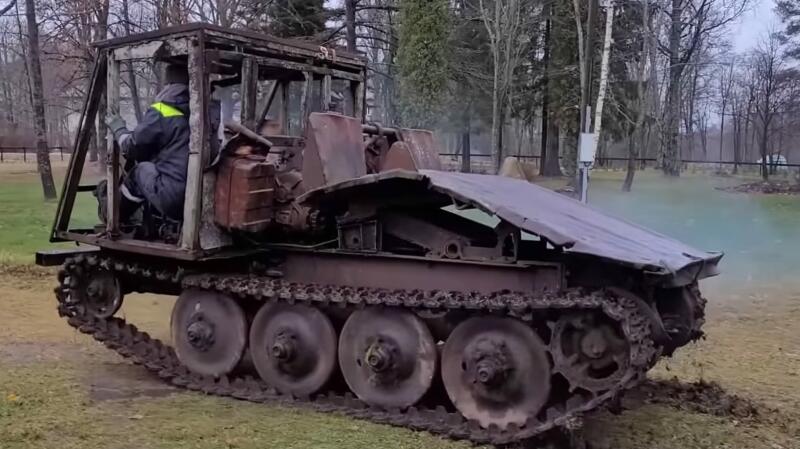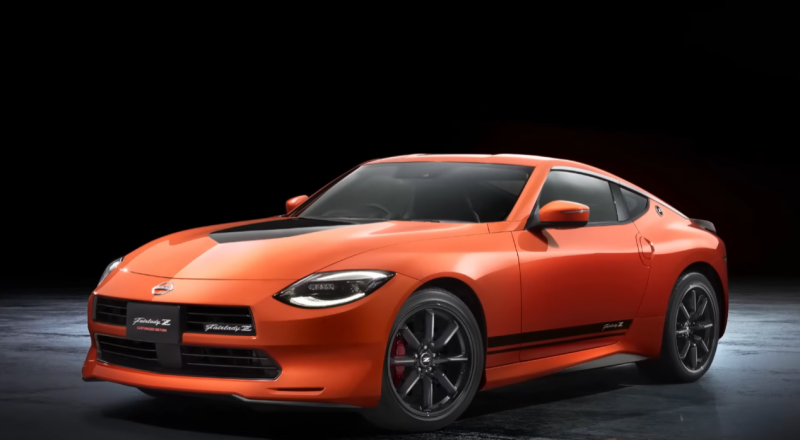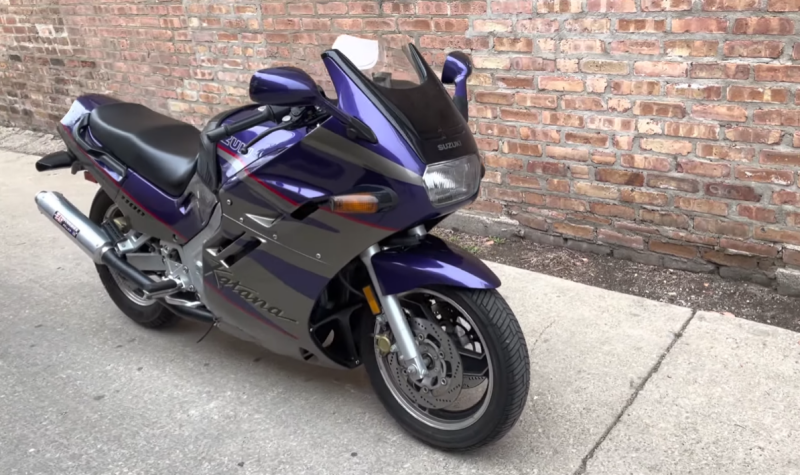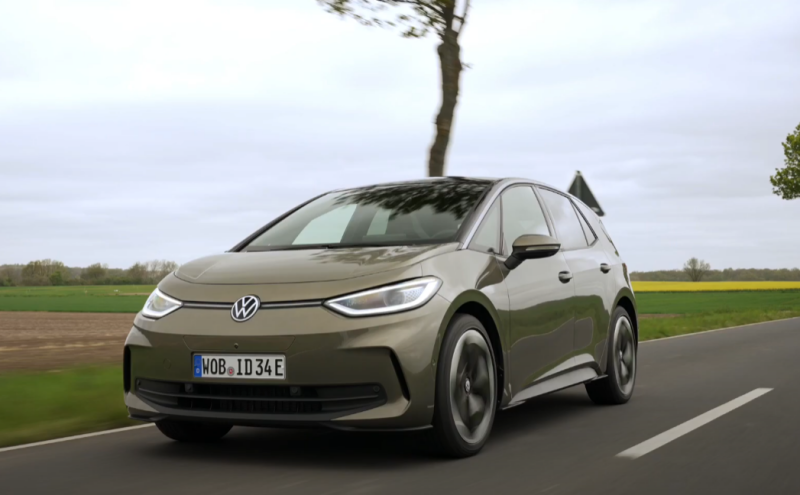Unstable operation of the motor on a "cold"
Two-wheeled vehicles remain a curiosity for most Russians. For old-school drivers, motorcycles are the cheap equivalent of cars. For those aged 40 and under, the bike is something more, carrying some sense of freedom, a lifestyle.
There are motorcyclists for whom a small-capacity scooter is the only available means of transportation in rural areas. For example, a motorcycle with an engine displacement of up to 250 cm3 is unlikely to consume more than 4 liters of gasoline per 100 km. run. And if this is an injector version - about 2,5.
 The Soviet motorcycle IZH Jupiter-5 needs to be warmed up. Photo: Youtube.com
The Soviet motorcycle IZH Jupiter-5 needs to be warmed up. Photo: Youtube.comWhy do most motorcyclists, regardless of what model, cubic capacity and class of bike they have, be sure to warm up their engine before riding? The reason here is banal - experience, one's own and others. After all, many motorcycle enthusiasts started with different Soviet equipment - IZH, Minsk, Voskhod and Czech JAWA. Those who did not find the era of the USSR motorcycle industry still learned from their older comrades, and they warmed up their bikes, advising everyone to do it.
Let's start with carbureted motorcycle models. To a person far from this topic, it seems that the era of technology has long passed, as in the automotive industry. Yes, the leading motorcycle manufacturers have basically abandoned carburetor systems, and the point here is not new technologies, but forced concern for the environment, tightening the rules for the emission of harmful substances into the atmosphere.
But which motorcycles are the most popular in Russia in terms of sales? Inexpensive Chinese models, presented in cubature up to 250 cm3, as a rule, used bikes from 1995-2010. Versions from the Celestial Empire are almost entirely carbureted, the “Japanese” until about 2000 are also basically the same, then it depends on the model and cubic capacity.
 Modern Chinese bikes also need to warm up the engine. Photo: Youtube.com
Modern Chinese bikes also need to warm up the engine. Photo: Youtube.comIt turns out that carbureted bikes predominate in the used motor market. To avoid unstable operation of the engine in the "cold", these motorcycles really need to be warmed up before the trip. If this is not done, then you can stall. And the reason here is not that if you immediately go, the consumption of gasoline is higher (this is true), but that you need an enriched mixture.
If the carburetor engine is cold, then gasoline burns worse. Where can you get traction and stable engine operation? The reason for the phenomenon is quite simple to explain - the carburetor crushes the fuel, it settles in the intake tract, condenses on cold metal, collects in drops and puddles on the cylinder walls. Gasoline simply does not have time to burn out in time, which is why it will be thrown into the exhaust system.
This has long been dealt with by inventing the so-called "suction". On different bikes, it can work according to its own scheme, but the principle of operation is the same - to enrich the mixture with gasoline. There are also automatic "suctions" that have their own problem - they are not deactivated in time. It turns out that the engine is already warmed up, and the mixture is enriched - that's the unstable operation of the motor.
 But this is a Chinese injection motorcycle. Photo: Youtube.com
But this is a Chinese injection motorcycle. Photo: Youtube.comAfter warming up the carburetor engine, the "suction" closes. Otherwise, the motorcycle will run erratically.
It turns out that warming up the bike before the trip is not a myth, but a necessity. But this applies to carburetor models.
Now about injection versions. The same rules apply here as in the case of cars. Fuel injection, roughly speaking, grinds gasoline better, and it does not condense on metal parts, and the nozzles are directional. Plus, the electronic engine control unit is tuned by professional engineers, and itself regulates the supply of the fuel mixture in the right proportions, depending on the mode and temperature.
You can often notice that on injection motorcycles, the engine idles at higher or lower rpm in different situations. This is normal and depends on the temperature.
 Suzuki Bandit injector. Photo: Youtube.com
Suzuki Bandit injector. Photo: Youtube.comIn general, in cases with injection motorcycles, and most of these are from Japanese and European manufacturers, the cold engine warm-up scheme does not work - you do not need to do this.
The oil is not doing its job
There is another myth - they say, if you do not warm up the motorcycle engine, then you can "sentence" it. The roots of the legend lie deep at the origins of Soviet four-stroke bikes. Are you saying there were none? And the famous M-72 - the ancestor of the "Ural" and "Dneprov"? In heavy boxers, engine oil was used and it was mineral. There, the viscosity really depended on the temperature, and in the cold, the lubricant simply did not have time to start circulating and lubricate the motor.
 Military M-72. Photo: Youtube.com
Military M-72. Photo: Youtube.comBut who remembers the last time he poured mineral water into his motorcycle? Yes, and modern oils of this type have a high operating temperature range.
For example, let's take the most popular 10W-40 semi-synthetics. It works effectively in temperature ranges from -30 to +40 degrees. There is no such heat in Russia even in summer, and in winter motorcycles are rarely used, especially in cold weather.
The only point worth remembering is the operation of the oil pump. If it fails, it may not have time to create the necessary pressure if it starts immediately after starting the engine. But these are questions for the unit, and not for warming up the engine.
The piston is stuck in the cylinder
Rarely, but you can hear the myth that if you immediately start off on a motorcycle, the engine will “catch a wedge” due to a sharp thermal expansion. Say, the motor should work without load, the metal of the cylinder-piston group should adapt, and then you can go.
It is not worth talking here in detail how old the problem is and how long ago they got rid of it. Already in the 1950s, Soviet motorcycles received a CPG that was immune to thermal expansions that occur during the transition from idling to working.
 But an old collectible motorcycle must be warmed up. Photo: Youtube.com
But an old collectible motorcycle must be warmed up. Photo: Youtube.comThere are problems - if you overheat the engine, then the pistons can really jam. But you need to be completely ignorant of technology and it is typical not only for motorcycles, but also for cars. This nuance is more typical for bikes with air cooling, but is not related to warming up a cold engine before a ride.
Intensive wear
But this is already true, and it concerns not only motorcycles, but also cars. The wear of the power unit without warming up is really higher. But the percentage is so small that few experts pay attention to it. The difference can be seen on test benches.
And what to do in the end?
A carbureted motorcycle, no doubt, needs to be warmed up. As for injection bikes, you can hit the road immediately after starting the engine. Just do not squeeze all the forces out of the engine - the lubricant in it will be unevenly distributed and there will be increased wear.
By the way, on some sports motorcycles, the manufacturer specifically sets the cutoff at high speeds until the engine warms up.
Well, if the owner is used to heating even an injection bike for 5-10 minutes before a trip, let him continue to do this - there will definitely be no harm.
